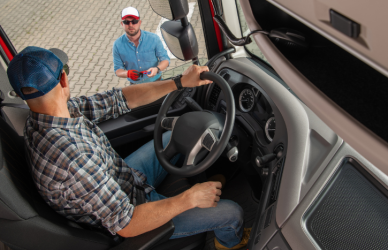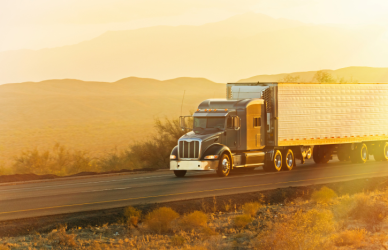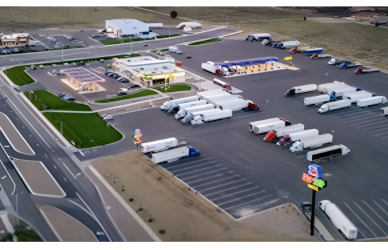As winter and its sometimes treacherous weather conditions makes its presence known, it’s important to have a working understanding of each state’s chain regulations and mandates. Here is a comprehensive state-by-state guide of chain regulations across the United States.
Alabama:
Permitted when safety demands due to snow, rain, or slippery conditions.
Alaska:
Chains prohibited from May 1 to Sept. 15 north of 60 North Latitude and from April 15 to Sept. 30 south of 60 North Latitude. Special permit needed for certain areas.
Arizona:
Allowed for safety during snowy or icy conditions.
Colorado:
Chains required on I-70 from Sept. 1 to May 31 between mile marker 259 and mile marker 133, with fines for non-compliance. Two levels of chain laws apply.
Idaho:
Chains required in certain unsafe conditions on specified routes.
Montana:
Traction device recommendations based on conditions.
Nevada:
Traction devices, chains, or snow tires required under icy conditions based on vehicle weight.
Oregon:
Chains required in designated areas during specified weather conditions.
South Dakota:
Chains allowed for safety in snowy or icy conditions.
Utah:
Chains required on designated highways from Oct. 1 to April 30 under adverse weather conditions.
Vermont:
Chains allowed for safety, with specific requirements for semitrailers or trailers.
Wyoming:
Two levels of chain laws based on hazardous conditions, with fines for non-compliance.
All other states:
Allowed for safety during snowy or icy conditions.
While safety always comes first in the world of professional truck driving, having an understanding of what each state outlines in its chaining mandates is important as well.
Source: The Trucker











